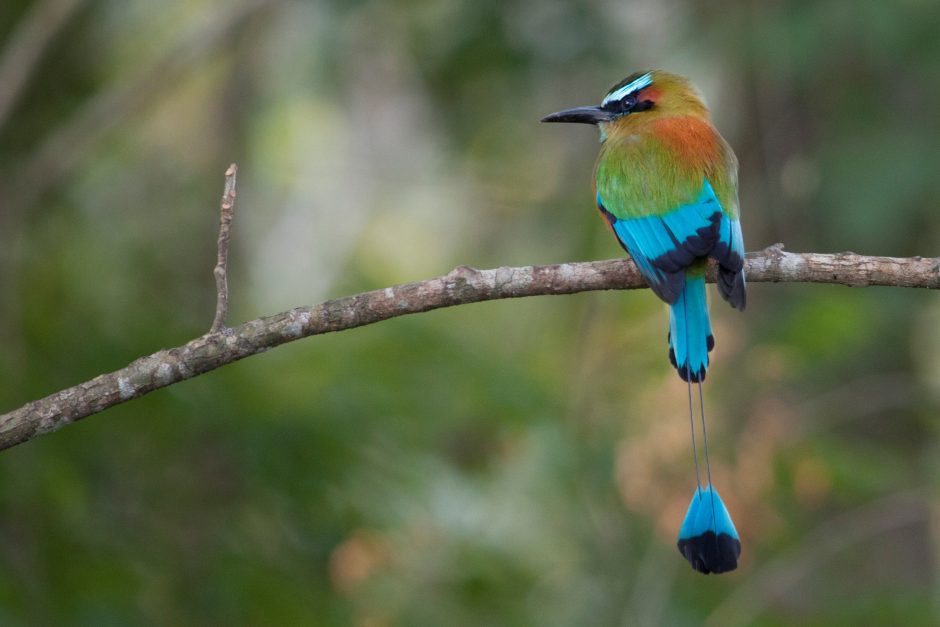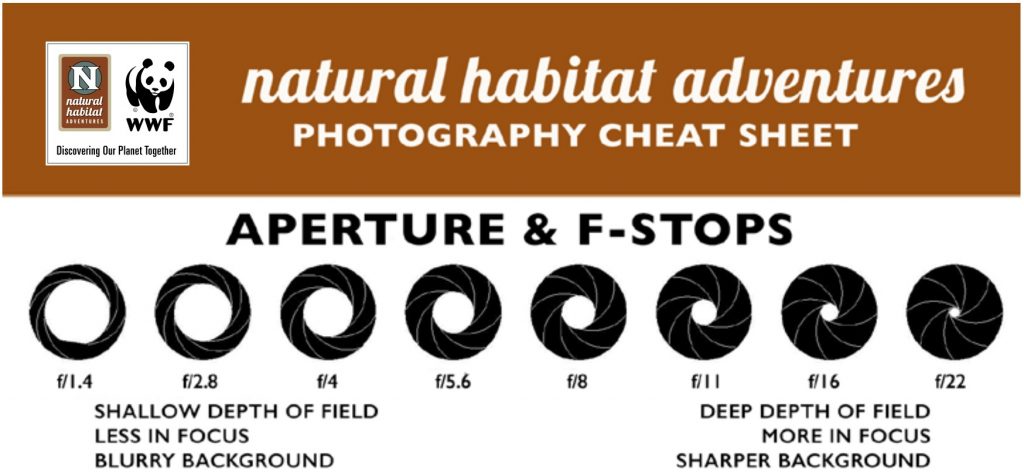
Photo Jargon – What is a “Full Stop”?
In the world of photography, there can sometimes appear to be an entirely unique language—one that has some pretty technical-sounding words. Words and phrases like full stop, bokeh, grain, ND grad, etc., can quickly overwhelm. In our new series, we’re going to help define and explain these terms so that you too can become fluent in “photography speak” in no time.
While an f-stop is maybe the most familiar photographic “stop”, a “stop” really refers to the amount of light you’re letting into your camera. But yes, it does all stem from f-stops and apertures.
When someone says “try and open the aperture up one full stop”, they’re basically saying to move a step wider (to the left) using the above chart. The key here is to not let the numerical values of f-stops confuse you. Each step, or stop, in the above chart, going from left to right, is letting in exactly half as much light. While that might be intuitive, going from 1.4 to 2.8, it’s less so when going from f/8 to f/11, yet that still decreases light by half. So, I instead choose to view the above numbers more as categorical rather than mathematical values. Of course they stem from actual values and optical physics, but let’s not go into that here. Instead, just memorize the numbers and know that each jump is one full stop, which translates to either doubling or halving the amount of light coming into your camera depending on which direction you move.
Here’s where all this gets extra useful. Although apertures are one way to increase or decrease light, there are two other ways…via shutter speed and ISO, right?

Well, if you’re on a photo tour and your instructor says to increase your shutter speed one full stop, what do you think that means? Well, the same “stop” terminology is adopted from the f-stops, such that increasing the shutter speed one full stop means you’re decreasing the light by half…same as with the aperture. But for shutter speed, it’s a bit more mathematical, and fortunately, a bit more intuitive. If you’re to decrease your light by half, you simply double your shutter speed. For instance, 1/50th of a second is half as much light as 1/25th of a second. And 1/200th of a second is half the light of 1/100th of a second, and so on. Therefore, if you are shooting at 1/200th of a second, and someone says “try and increase your shutter speed by a full stop to freeze the movement of the butterfly”, you’ll immediately know to dial your shutter speed up to 1/400th of a second.
Lastly, there is ISO. I won’t go into too much detail on how ISO works here, but in short it is a digital way to increase light sensitivity of your camera’s sensor.

The way it applies to stops is similar to shutter speeds, in the sense that it’s mathematical. Every time you double your ISO, you’re increasing by one full stop, and letting in twice as much light. And conversely, every time you halve your ISO, you’re halving the amount of light getting into your camera. Thus, going from ISO 100 to ISO 200 is one stop, just like going from ISO 800 to ISO 1600. It’s all about doubling and halving…
Well I hope this has been helpful! This is our first time posting on photo jargon, so if you have any terms or topics you’d like covered, please leave it in the comments below and we’ll tackle it for you!
Cheers,

Court
